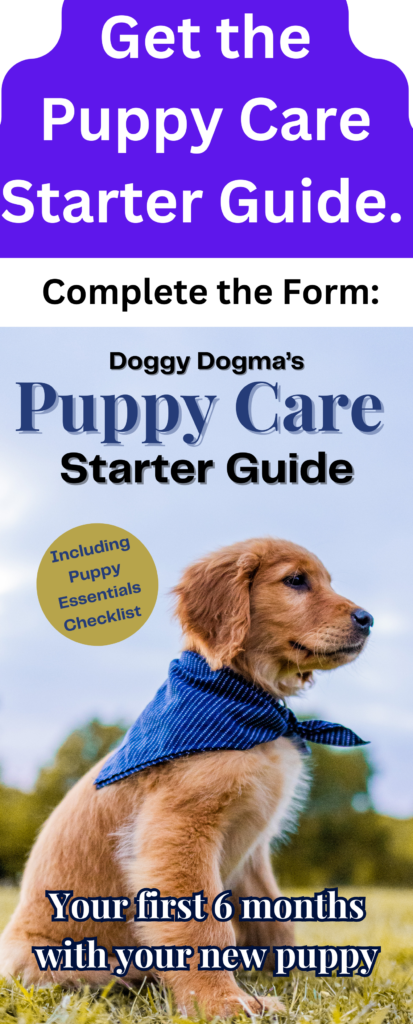Walking on a leash seems to be a battle for some people, people spend a fortune on different equipment trying to find the magical elixir to stop their dog from pulling. The reality is that your dog can pull in any equipment if you aren’t handling your end of this arrangement properly and teaching the dog what you want them to do.
Walking on a leash is like a weird 3 legged race – where we tie ourselves to our dog and start walking. We take them to the most exciting place (which is anywhere outside your back yard) and for some reason expect them not to be dogs and want to engage in the outside world. To walk next to us as little automatons that never sniff a plant or look at the kid on his bike down the street.
The thing is a dog doesn’t come knowing what a leash is – I have never seen a dog put a leash on another dog and take it for a stroll. It is in itself unnatural and foreign to a dog. So just like that 3 legged race you did when you were in grade 5, you need to communicate to have any success at this gig.
So before you worry about getting your dog to march at heel, let’s just focus on hanging out on this piece of string together in a way that tells the dog what you expect of them and letting them know that other things are going to stop the adventure. You don’t have to be a jerk to your dog – you shouldn’t be “correcting” by yanking, pulling, tugging or snapping on the leash every 5 seconds. What you have to get good at is handling the leash in a way that promotes what you want from your dog and starts to reinforce good leading to great behaviour.
So here is my guide to Polite Walking on a Loose Leash:
1. Don’t pull them – don’t use the lead as a string to pull your dog around, if you try to keep a slack lead and reward the puppy for staying close then they don’t experience a lot of tension and don’t think that leads mean tension/pulling. Dog’s don’t understand double standards – they never get why you get to pull them and they don’t get to pull you. What they understand is what they are feeling from the moment you put that leash on them – and if they feel nothing put tension from you then that is what they will give you in return. (small caveat – sometimes you need to get out of dodge – if it is an emergency and your dog needs to move fast – you bloody pull on the leash ok, get out of there – yes, I really have to point that out)
2. A Tense leash means not going any further – full stop! If your dog is pulling on the lead, don’t follow them, stop dead in your tracks. A lead should be loose like wet spaghetti – all wobbly. If it looks like dry spaghetti – straight and rigid – that is pulling that means you stop walking. Most people only think that their dog is pulling if their arm is leaving their socket – so let’s redefine pulling as their being tension on the leash.
3. Get a 6ft leash minimum – there needs to be “room for failure” if your leash is too short then your dog will be “pulling” every other step. A long leash will mean that they have a chance to walk a bit more before reaching the end of the lead.
4. Reward for attention: if your dog listens to you when you call them or looks at you indiscriminately then reinforce that behaviour, do that heaps and heaps and heap. Call their name “Rover” and the dog turns to you – that is a treat. the dog looks at you randomly – that is a treat. Don’t be a cheapskate here – you can’t over reinforce a behaviour that you want.
5. Be mindful – what is my dog looking at? What has their attention? Do I need to address how the dog is feeling, and not what they are doing? If my dog is fixated on another dog, a person, kids on skateboards/scooters, cars, cats, you name it then we should be addressing that. The easiest was is the “look at that” game.
6. It is ok to sniff, it is not ok to pull you to sniff. Sniffing a sniffable shrub is a reward! If your dog pulls you to said shrub it is being reinforced for pulling. If you put the breaks on pulling with the target of sniffy shrub in mind, you can teach your dog – if you walk politely you will get to sniff the shrub.
7. Expect your dog to find new places more interesting than old places. If it is predictable it is preventable or in this case – deal withable (<– that is a new word I just invented). This is a blog on it’s own, and will be delt with in part 2.
About admin
Jen Higgins is a Dog Trainer and Behavioural Consultant covering Ipswich, the Western Suburbs of Brisbane and the Lockyer and Brisbane Valley. Her interest in Animal Behaviour extends to many fields of science including Neurology and Ethology as well as Zoology and Behavioural Science (Psychology).

